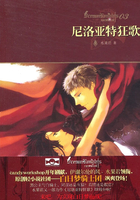AS many of my journeys were made with the express object of obtaining specimens of the Birds of Paradise, and learning something of their habits and distribution; and being (as far as I am aware) the only Englishman who has seen these wonderful birds in their native forests, and obtained specimens of many of them, I propose to give here, in a connected form, the result of my observations and inquiries.
When the earliest European voyagers reached the Moluccas in search of cloves and nutmegs, which were then rare and precious spices, they were presented with the dried shins of birds so strange and beautiful as to excite the admiration even of those wealth-seeking rovers. The Malay traders gave them the name of "Manuk dewata," or God's birds; and the Portuguese, finding that they had no feet or wings, and not being able to learn anything authentic about then, called them "Passaros de Col," or Birds of the Sun; while the learned Dutchmen, who wrote in Latin, called them "Avis paradiseus," or Paradise Bird. John van Linschoten gives these names in 1598, and tells us that no one has seen these birds alive, for they live in the air, always turning towards the sun, and never lighting on the earth till they die;for they have neither feet nor wings, as, he adds, may be seen by the birds carried to India, and sometimes to Holland, but being very costly they were then rarely seen in Europe. More than a hundred years later Mr. William Funnel, who accompanied Dampier, and wrote an account of the voyage, saw specimens at Amboyna, and was told that they came to Banda to eat nutmegs, which intoxicated them and made them fall down senseless, when they were killed by ants. Down to 1760, when Linnaeus named the largest species, Paradisea apoda (the footless Paradise Bird), no perfect specimen had been seen in Europe, and absolutely nothing was known about them. And even now, a hundred years later, most books state that they migrate annually to Ternate, Banda, and Amboyna; whereas the fact is, that they are as completely unknown in those islands in a wild state as they are in England. Linnaeus was also acquainted with a small species, which he named Paradisea regia (the King Bird of Paradise), and since then nine or ten others have been named, all of which were first described from skins preserved by the savages of New Guinea, and generally more or less imperfect. These are now all known in the Malay Archipelago as "Burong coati," or dead birds, indicating that the Malay traders never saw them alive.
The Paradiseidae are a group of moderate-sized birds, allied in their structure and habits to crows, starlings, and to the Australian honeysuckers; but they are characterised by extraordinary developments of plumage, which are unequalled in any other family of birds. In several species large tufts of delicate bright-coloured feathers spring from each side of the body beneath the wings, forming trains, or fans, or shields; and the middle feathers of the tail are often elongated into wires, twisted into fantastic shapes, or adorned with the most brilliant metallic tints. In another set of species these accessory plumes spring from the head, the back, or the shoulders; while the intensity of colour and of metallic lustre displayed by their plumage, is not to be equalled by any other birds, except, perhaps, the humming-birds, and is not surpassed even by these.
They have been usually classified under two distinct families, Paradiseidae and Epimachidae, the latter characterised by long and slender beaks, and supposed to be allied to the Hoopoes; but the two groups are so closely allied in every essential point of structure and habits, that I shall consider them as forming subdivisions of one family. I will now give a short description of each of the known species, and then add some general remarks on their natural history.
The Great Bird of Paradise (Paradisea apoda of Linnaeus) is the largest species known, being generally seventeen or eighteen inches from the beak to the tip of the tail. The body, wings, and tail are of a rich coffee-brown, which deepens on the breast to a blackish-violet or purple-brown.
The whole top of the head and neck is of an exceedingly delicate straw-yellow, the feathers being short and close set, so as to resemble plush or velvet; the lower part of the throat up to the eye clothed with scaly feathers of an emerald, green colour, and with a rich metallic gloss, and velvety plumes of a still deeper green extend in a band across the forehead and chin as far as the eye, which is bright yellow.
The beak is pale lead blue; and the feet, which are rather large and very strong and well formed, are of a pale ashy-pink. The two middle feathers of the tail have no webs, except a very small one at the base and at the extreme tip, forming wire-like cirrhi, which spread out in an elegant double curve, and vary from twenty-four to thirty-four inches long. From each side of the body, beneath the wings, springs a dense tuft of long and delicate plumes, sometimes two feet in length, of the most intense golden-orange colour and very glossy, but changing towards the tips into a pale brown. This tuft of plumage cam be elevated and spread out at pleasure, so as almost to conceal the body of the bird.


